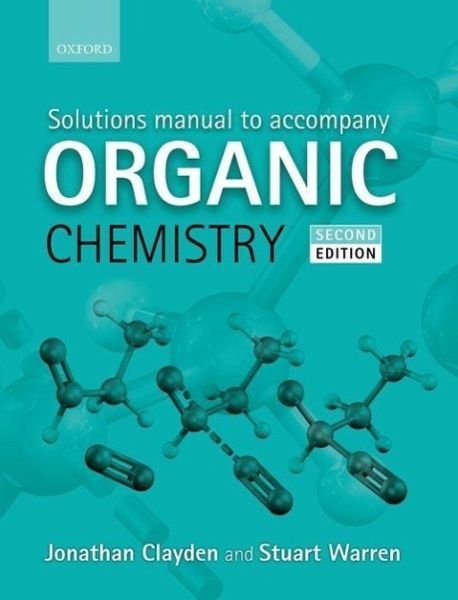
Solutions Manual to accompany Organic Chemistry
Versandkostenfrei!
Sofort lieferbar
51,99 €
inkl. MwSt.

PAYBACK Punkte
26 °P sammeln!
The solutions manual to accompany Organic Chemistry provides fully-explained solutions to problems that accompany each chapter of the second edition of the book.


